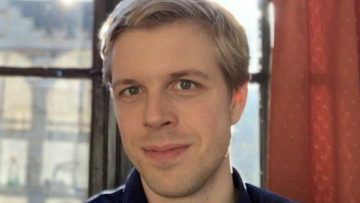Wed, 18 Aug 2021
11:00 -
12:00
Virtual
Learnable intra-layer feedback response in Spiking Neural Networks
Anton-David Almasan
(Thales Group)
Further Information
[[{"fid":"63050","view_mode":"default","fields":{"format":"default"},"link_text":"Research_proposal___Learnable_feedback_response.pdf","type":"media","field_deltas":{"1":{"format":"default"}},"attributes":{"class":"media-element file-default","data-delta":"1"}}]]



